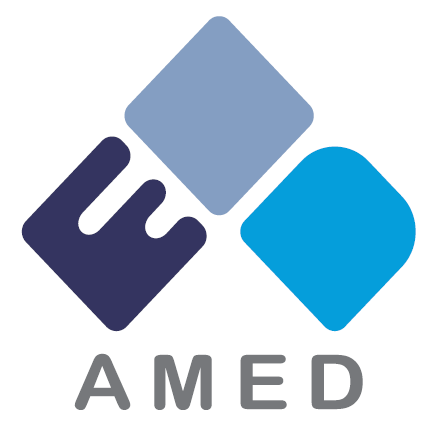The Japan Agency for Medical Research and Development (AMED) is a government agency established in 2015 to centralize and streamline Japan’s national R&D efforts in the medical and life sciences fields. Modeled partly after the U.S. NIH, AMED operates under the Cabinet Office and three ministries: the Ministry of Health, Labour and Welfare (MHLW), the Ministry of Education, Culture, Sports, Science and Technology (MEXT), and the Ministry of Economy, Trade and Industry (METI).
Purpose and Mission
AMED’s primary mission is to promote integrated, strategic R&D in medical and pharmaceutical fields, translating basic research into practical healthcare solutions. It aims to improve public health, strengthen innovation, and enhance Japan’s global competitiveness in life sciences.
Influence on Government Investment in Pharma
- Centralized R&D Funding
AMED consolidates research budgets from various ministries, allocating government funds to priority projects across academia, industry, and hospitals. This reduces fragmentation and duplication, ensuring a more efficient use of public funds. - Strategic Research Programs
It runs targeted funding programs in key areas such as regenerative medicine, rare diseases, infectious diseases (e.g., COVID-19), oncology, and AI-driven drug discovery. These focus areas reflect national priorities and help shape the pharma R&D agenda. - Public-Private Partnerships
AMED facilitates collaboration between government, academia, and industry by funding consortia and joint development projects, accelerating the commercialization of innovative therapies and technologies. - Global Collaboration and Standards
AMED promotes international cooperation by participating in global health initiatives and harmonizing Japanese research standards with global practices, making it easier for Japan-based pharma innovations to reach international markets. - Support for Translational Research
A key focus of AMED is bridging the “valley of death” between basic research and clinical application. It provides funding and infrastructure for early-stage trials, regulatory support, and manufacturing scale-up—crucial areas where government investment derisks pharma development.
Impact on Pharma Sector
Through its funding and strategic guidance, AMED directly influences where Japan’s pharmaceutical innovation efforts are directed. Its programs not only fund cutting-edge science but also de-risk and accelerate the development of products with high social and economic value. For pharma companies, AMED is both a critical funding source and a policy signaler of government-backed priorities.
In summary, AMED plays a central role in aligning government investment with national health priorities, strengthening Japan’s pharmaceutical innovation ecosystem, and fostering industry-academic collaboration to translate science into healthcare impact.

